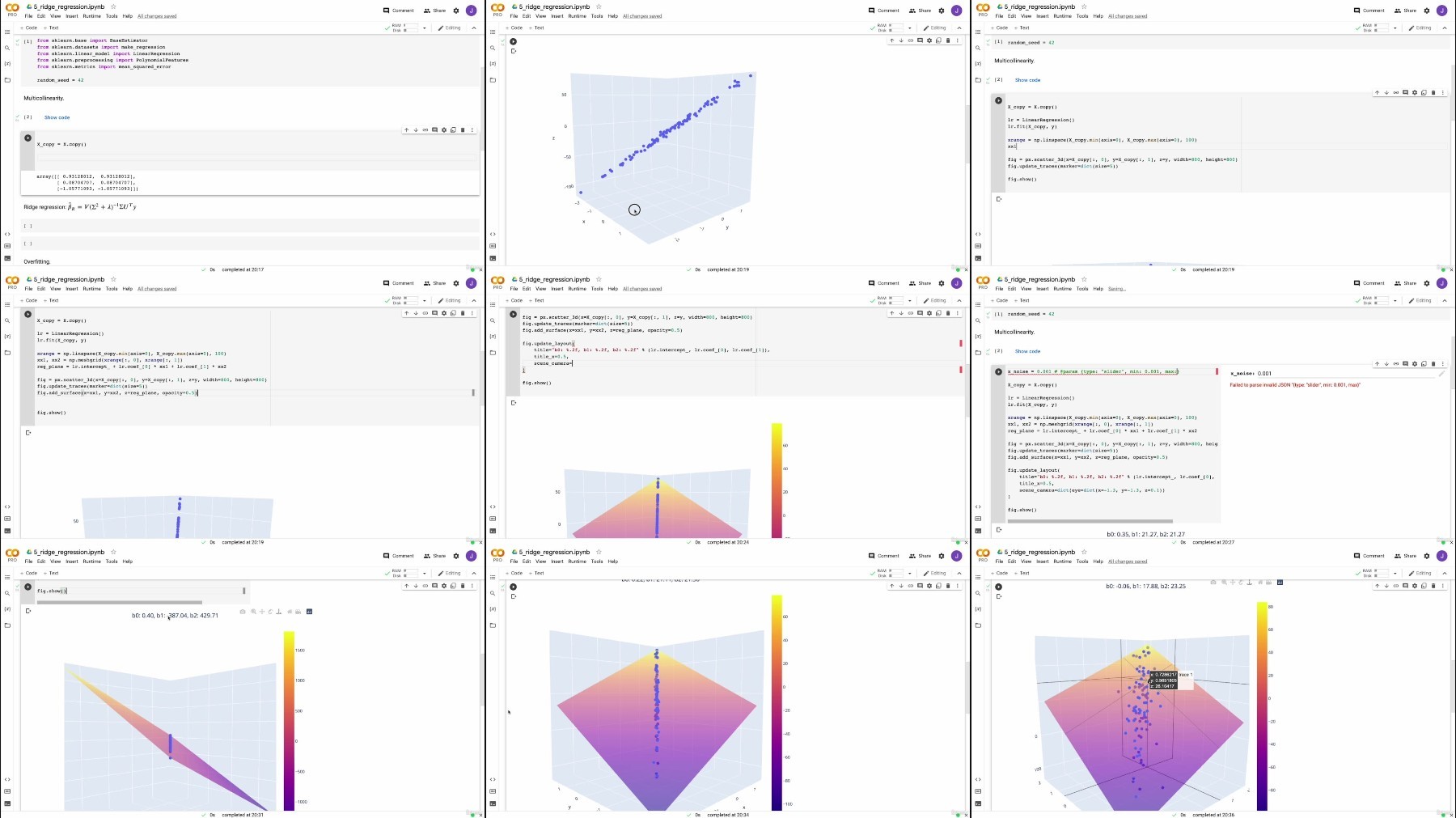
Published 08/2022
MP4 | Video: h264, 1280x720 | Audio: AAC, 44.1 KHz, 2 Ch
Genre: eLearning | Language: English | Duration: 46 lectures (3h 57m) | Size: 887.1 MB
Master the most popular data science and machine learning algorithms in Python (linear regression, logistic...).
What you'll learn
Implement all our models from scratch, step by step. You will learn every detail of their theory and practice.
Fundamentally understand the most popular machine learning algorithms.
Master the main machine learning libraries in Python: scikit-learn, numpy, pandas, matplotlib, etc.
Understand the data science workflow and how to solve a prediction problem from beginning to end.
Diagnose and solve problems in our models. You'll be the person your colleagues will seek when their models fail.
Requirements
Basic knowledge of python (variables, loops, classes, etc)
Experience with pandas and visualization tools helps, but is not required.
Description
Why study data science?
Companies have a problem: they collect and store huge amounts of data on a daily basis. The problem is that they don't have the tools and capabilities to extract knowledge and make decisions from that data. But that is changing. For some years now, the demand for data scientists has grown exponentially. So much so, that the number of people with these skills is not enough to fill all the job openings. A basic search on Glassdoor or Indeed will reveal to you why data scientist salaries have grown so much in recent years.
Why this course?
Almost every course out there is either too theoretical or too practical. University courses don't usually develop the skills needed to tackle data science problems from scratch, nor do they teach you how to use the necessary software fluently. On the other hand, many online courses and bootcamps teach you how to use these techniques without getting a deep understanding of them, going through the theory superficially.
Our course combines the best of each method. On the one hand, we will look at where these methods come from and why they are used, understanding why they work the way they do. On the other, we will program these methods from scratch, using the most popular data science and machine learning libraries in Python. Only when you have understood exactly how each algorithm works, we will learn how to use them with advanced Python libraries.
Course content
Introduction to machine learning and data science.
Simple linear regression. We will learn how to study the relationship between different phenomena.
Multiple linear regression. We will create models with more than one variable to study the behavior of a variable of interest.
Lasso regression. Advanced version of multiple linear regression with the ability to filter the most useful variables.
Ridge regression. More stable version of multiple linear regression.
Logistic regression. Most popular classification and detection algorithm. It will allow us to study the relationship between different variables and certain object classes.
Poisson regression. Algorithm that will allow us to see how several variables affect the number of times an event occurs.
Central concepts in data science (overfitting vs underfitting, cross validation, variable preparation, etc).
Any questions? Remember that we have a 30-day full money back guarantee. No risk for you. That's how convinced we are that you will love the course.
Who this course is for
Students interested in landing a job in the field of Data Science / Machine Learning.
Professionals who want to apply predictive modelling to solve their hardest business problems.
Machine learning practitioners who want to develop a deep understanding of how their algorithms work.
Homepage
Recommend Download Link Hight Speed | Please Say Thanks Keep Topic Live
Links are Interchangeable - No Password - Single Extraction









